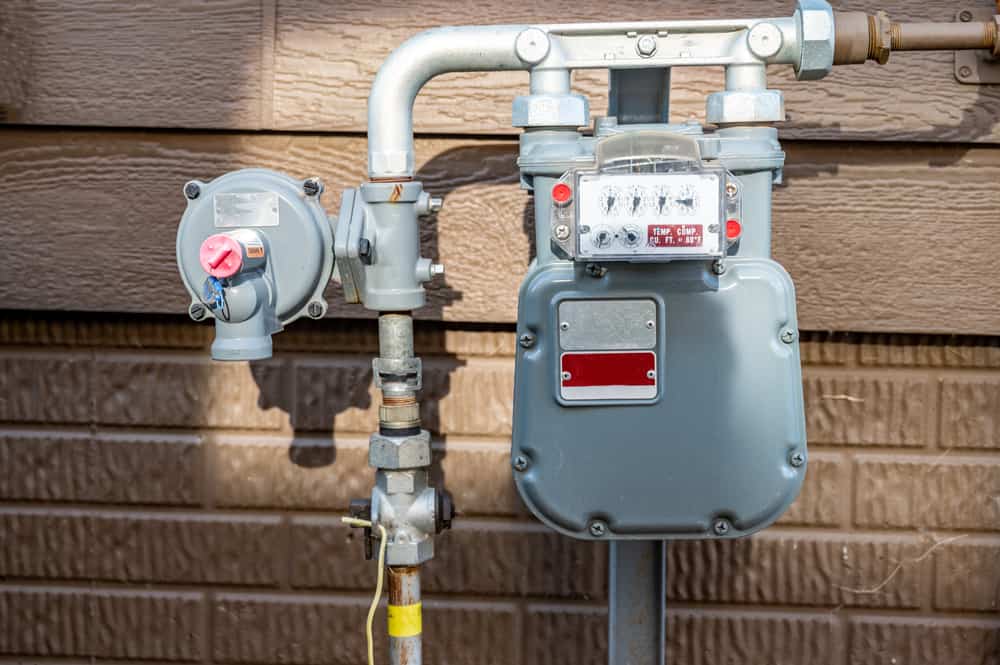
Linear hall effect sensors are popular for detecting proximity, speed, or displacement in an automotive system. As there is no wear, the sensor is highly reliable in the long term. However, the leading PCB trends demand sensors with all required features housed inside a small package. In this regard, Honeywell’s SS49E linear hall sensor is an ideal bet for many industrial and consumer applications.
The SS49E is a versatile linear hall effect sensor that acts as a perfect replacement to traditional contact-based reed switches. As a hall sensor, SS49E operates when put in the vicinity of a magnetic field from a permanent magnet or electromagnet up to 1000 gauss.
Thus, it is highly sought-after for a variety of potential applications such as natural gas meters, electronic locks, washing machines, aquarium pumps, and automatic dishwashers. Understanding the SS49E datasheet would help design engineers realize its potential for advanced sensing applications.
Understanding SS49E Datasheet
Operating Characteristics
The SS49E linear hall effect sensor offers 1.4 mV/Gauss sensitivity. It comes in a flat TO-92-style small package within a 17.5 mm×4 mm×1.52 mm dimension. This miniature and submissive construction enables it for battery-operated devices having limited operating space. The sensor operates between 2.7 Vdc to 6.5 Vdc and works smoothly within a wide temperature range of -40 °C to 100 °C. It is highly energy-efficient as it requires as low as 6mA at 5 Vdc. Moreover, the in-built low noise output circuit eliminates any need for an external filtering device.
Functional Block
As you can see in the block diagram, the voltage Vcc is applied across the hall element to activate the device. The presence of the magnetic field generates an output voltage in microvolts. Thus, it further gets amplified through an amplifier and finally passes through a Schmitt trigger which converts the analog signal into a digital output.
Absolute Maximum Ratings
The device will not necessarily operate when the absolute max limits are approached. There is no guarantee that the IC will retain its electrical and mechanical characteristics. Thus, these extreme limits should be avoided at all costs.
Unique Selling Points
Application Flexibility
It’s a bipolar linear hall-effect sensor. Meaning it is sensitive to both polarities of a magnetic field. However, the south pole activates the sensor. Thus, it is referred to as the +ve terminal, while the north pole is referred to as the -ve terminal of the magnet.
The placement of the sensor requires the labeled side of SS49E to face the changing magnetic field. The output voltage response of SS49E to the changing magnetic field at 5V supply has been shown in the figure below.
Linear Response
The transfer characteristics diagram shown above also represents the linear magnetic response of SS49E. The output voltage varies between 0V and Vcc in proportion to the magnetic flux present.
In the absence of the magnetic field, the output voltage is equivalent to the quotient voltage (), which is nearly half of the supply voltage. When the magnet’s south pole starts moving towards the sensor, the voltage starts to rise exponentially towards the typical output voltage in proportion to the strength of the magnetic field. On the flip side, the south pole draws the output voltage towards the ground voltage.
Stable Output
Generally, hall effect sensors are immune to most environmental disturbances but not temperature. Variations in environment temperature may cause the quotient point (Q-point) to shift either towards left or right in the operating region. In this regard, the SS49E sensor IC includes thin-film resistors to increase temperature stability over -40 °C to 100°C.
Alternatives
The SS49E belongs to the Linear hall sensor family. One should not confuse this category with the Angle series designed to measure the angle of the flux field. From the family of Honeywell linear hall effect ICs, there comes SS39ET, S59ET, and SS490 series ICs. The table below offers a quick look at the details of these ideal alternatives.
Along with the SS49E datasheet, you need footprints, application notes and reliable sourcing information available right on the desk to help streamline your design process. You can get all this information on Ultra Librarian with a few clicks. Using our intuitive search feature, you can also access ECAD/MCAD models of your favorite components in one place.
Working with Ultra Librarian sets up your team for success to ensure streamlined and error-free design, production, and sourcing. Register today for free.